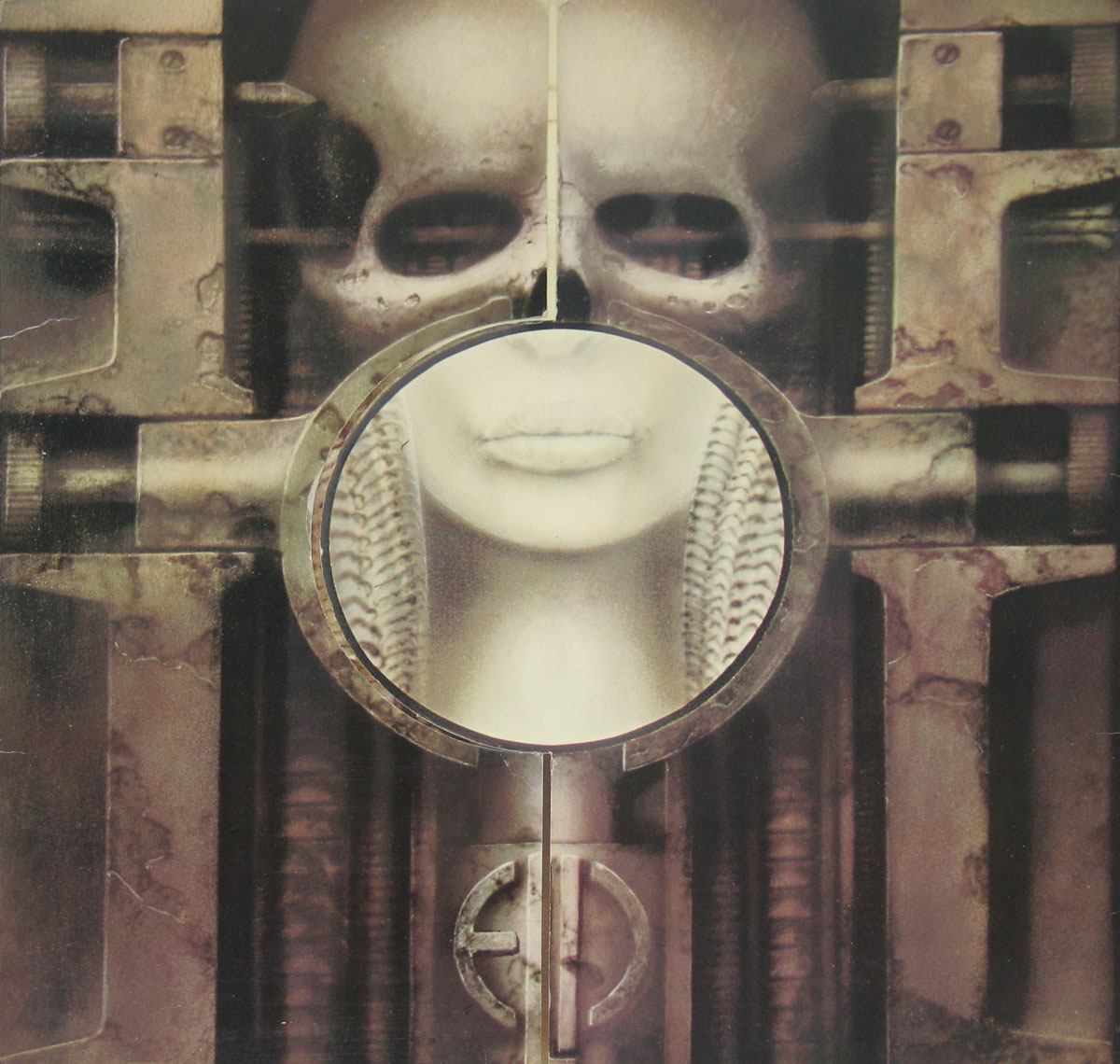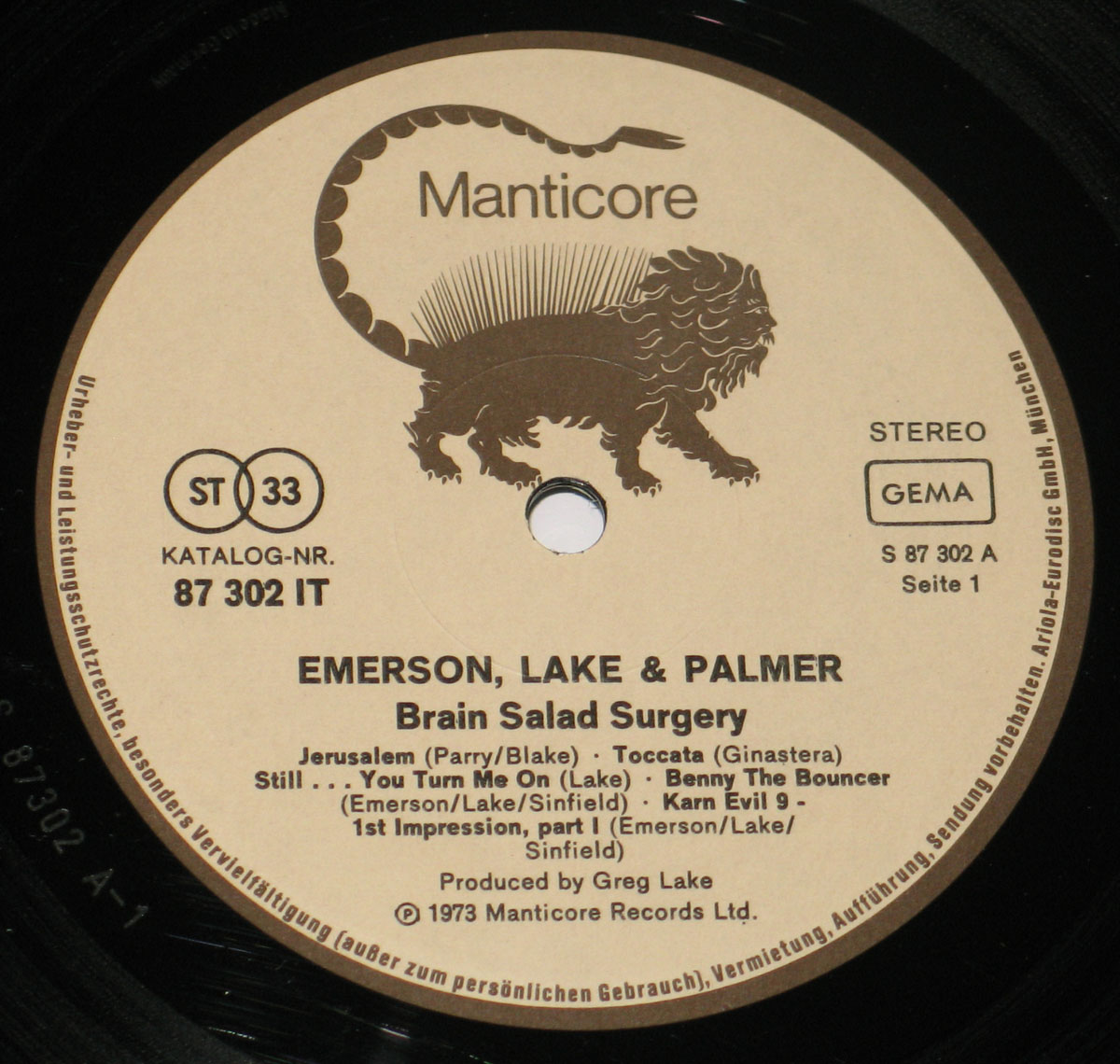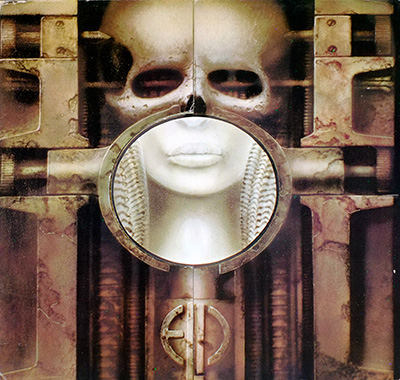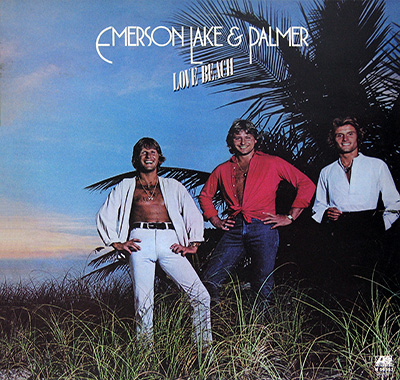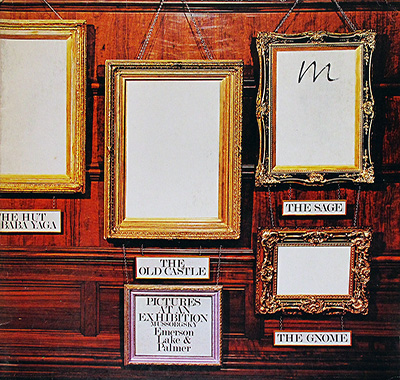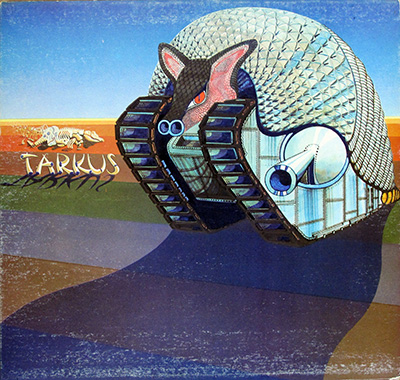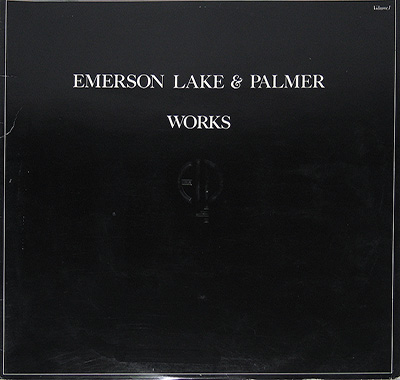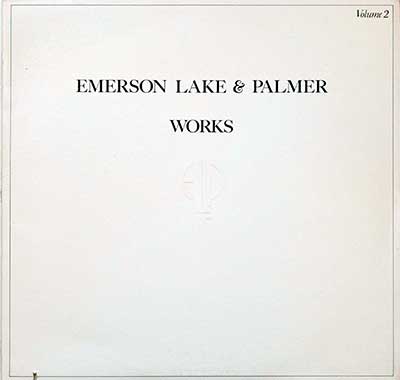"Brain Salad Surgery" Album Description:
In the world of progressive rock history, Emerson, Lake, and Palmer (ELP) stand as stalwarts, and their fourth studio album, "Brain Salad Surgery," released in 1973, serves as a testament to their musical prowess and innovation. Produced by the band's bassist and vocalist, Greg Lake, the album not only represents a significant milestone in ELP's discography but also encapsulates the spirit of the era in which it was crafted.
During the early 1970s, the progressive rock genre was flourishing, characterized by complex compositions, unconventional time signatures, and a fusion of various musical styles. Against this backdrop, "Brain Salad Surgery" emerged as a groundbreaking work, pushing the boundaries of musical experimentation.
Greg Lake's role as the producer of the album is pivotal, showcasing his multifaceted talents beyond his role as a bassist and vocalist. The production quality of the album is a testament to Lake's meticulous attention to detail, contributing to the sonic richness that defines the ELP sound.
One of the standout features of "Brain Salad Surgery" is its conceptual nature, exemplified by the ambitious and sprawling composition, "Karn Evil 9." The epic piece is divided into three distinct impressions, each weaving a sonic tapestry that narrates a dystopian tale. This conceptual approach was a hallmark of progressive rock during the era, with bands using albums as canvases to paint elaborate musical landscapes.
The album's release in 1973 coincided with a period of socio-cultural and political change. The early 1970s were marked by a sense of rebellion and questioning of traditional norms, mirrored in the avant-garde nature of progressive rock. "Brain Salad Surgery" aptly mirrored this zeitgeist, offering listeners a sonic journey that mirrored the complexity and uncertainty of the times.
From a production standpoint, the album's use of synthesizers, particularly Keith Emerson's pioneering work with the Moog modular synthesizer, was revolutionary. The incorporation of electronic elements added a futuristic and otherworldly dimension to the music, contributing to the album's overall sonic landscape.
The German release of the 12" vinyl LP adds another layer to the historical context of "Brain Salad Surgery." Germany, with its rich musical heritage and avant-garde sensibilities, served as an influential hub for progressive rock. The German release of the album thus becomes a noteworthy artifact, symbolizing the global reach and impact of ELP's music during this era.
Album Cover Artwork:
In addition to its musical brilliance, "Brain Salad Surgery" is visually distinguished by its iconic album cover, a masterpiece crafted by the Swiss surrealist artist H.R. Giger. The cover design, a surreal and intricate representation, seamlessly complements the avant-garde nature of the album, creating a holistic sensory experience for the listener.
H.R. Giger, renowned for his work in the realm of biomechanical art and his association with the "Alien" film franchise, brought his distinctive style to the visual representation of "Brain Salad Surgery." The cover features a surreal, biomechanical representation of a human brain, interwoven with circuitry, wires, and mysterious symbols. Giger's detailed and intricate artwork evokes a sense of the surreal and the otherworldly, mirroring the experimental and progressive nature of the music within.
The use of monochromatic tones, predominantly black and silver, adds a sense of mystique and depth to the album cover. The stark contrast between light and shadow enhances the intricate details of Giger's creation, inviting the viewer to delve into the enigmatic world depicted on the cover.
The choice of H.R. Giger as the artist for the album cover was a stroke of genius, as his surreal and often unsettling visual style resonated perfectly with the unconventional and boundary-pushing music of Emerson, Lake, and Palmer. The collaboration between musicians and visual artists during this era was a testament to the holistic approach to artistic expression.
Giger's design for "Brain Salad Surgery" not only serves as a striking visual accompaniment to the music but also adds a layer of complexity to the album's thematic elements. The fusion of organic and mechanical elements in the artwork mirrors the fusion of classical, rock, and electronic elements in the music itself.
The album cover, with its intricate and thought-provoking design, became an integral part of the overall experience of "Brain Salad Surgery." It is a testament to the symbiotic relationship between music and visual art during the progressive rock era, where album covers were not mere packaging but essential components of the artistic expression.
In the context of the time period, the collaboration with H.R. Giger aligns with the broader trend within progressive rock of incorporating visionary and avant-garde artwork. This artistic synergy contributed to the creation of a complete and immersive experience for the listener, where the music and visual elements coalesced to form a cohesive and impactful work of art.
Therefore, the album cover designed by H.R. Giger for "Brain Salad Surgery" not only enhances the aesthetic appeal of the album but also elevates its status as a groundbreaking piece of art that transcends the auditory realm. It remains an enduring symbol of the experimental and boundary-pushing ethos that defined both the musical and visual landscapes of the progressive rock era.
H.R. Giger a Swiss artist, achieved fame for his dark, biomechanical style that blends human and machine. His airbrushed paintings often depicted disturbing dreamscapes. He designed the terrifying xenomorph in the movie "Alien," which earned him an Academy Award. The H.R. Giger Museum in Switzerland showcases his work.
See some of his most famous designs:
